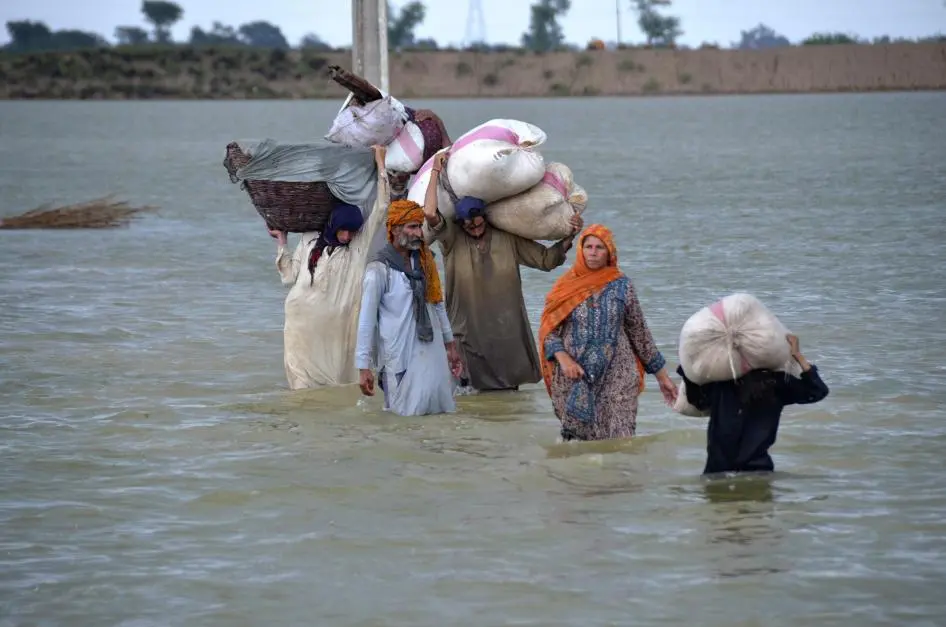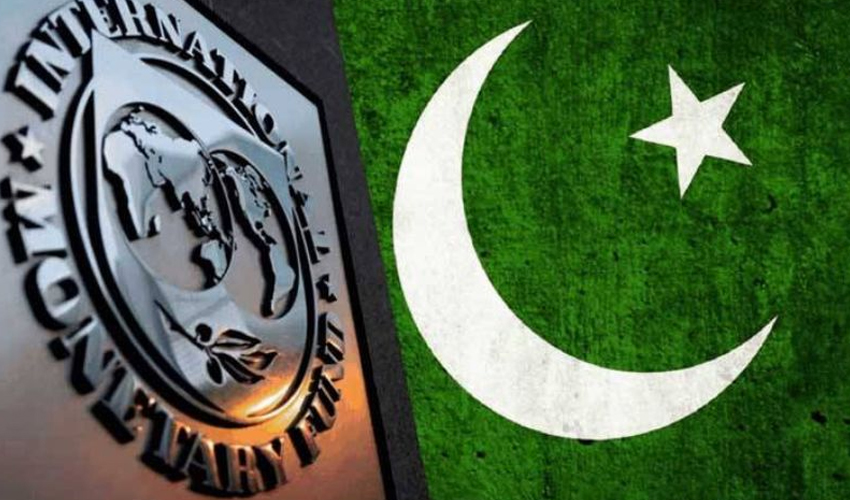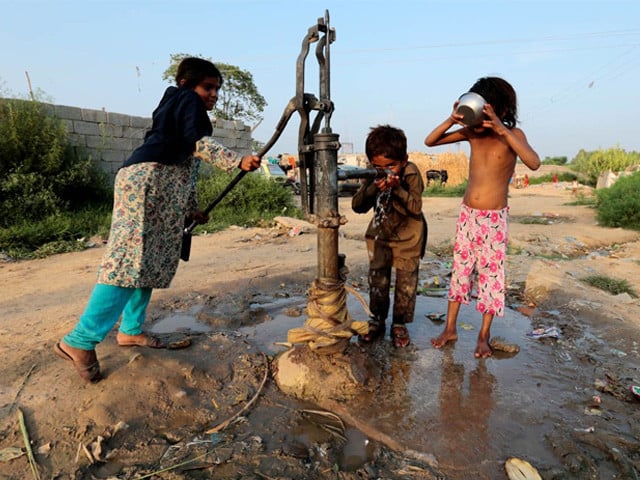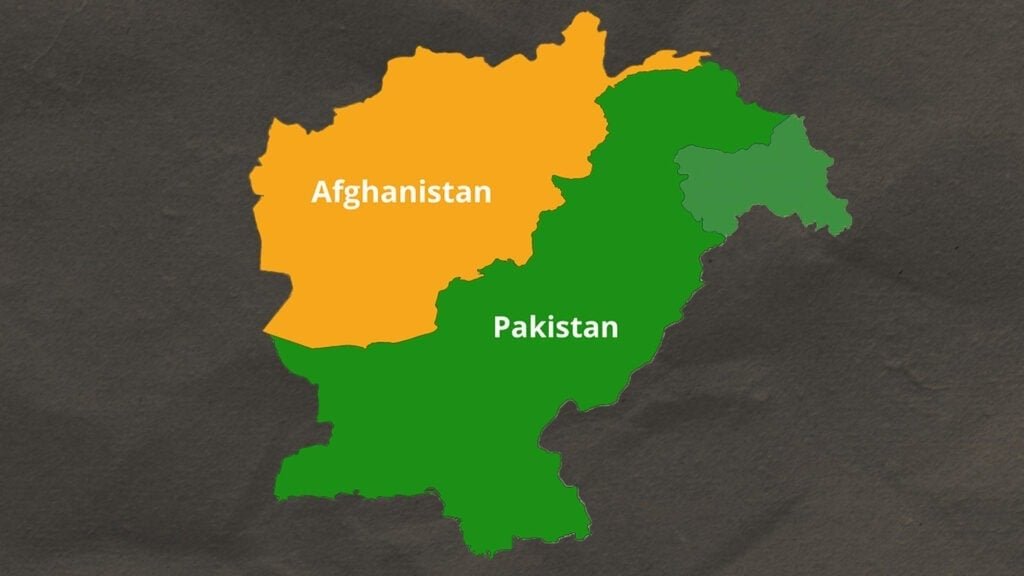Dr Bilawal Kamran
Pakistan’s newly released District Vulnerability Index offers one of the clearest and most data-driven portraits of inequality that the country has seen in years. Compiled by the Population Council, the index maps vulnerabilities at both provincial and district levels and exposes a reality long known yet rarely confronted by policymakers: regional disparities are not natural or accidental. They are the deliberate outcome of decades of skewed development priorities, highly centralised planning, and political decision-making that has consistently favoured some regions while leaving others on the margins.
Follow republicpolicy.com
Unlike conventional climate or disaster assessments, the Index focuses on deep structural and systemic conditions that shape daily life. It draws on 21 indicators grouped into six domains — housing, communication and transportation, livelihoods, access to health services, access to public education, and demographics. Taken together, these indicators reveal not simply which areas are vulnerable but why vulnerability persists and deepens over generations. The result is a picture of a development landscape marked by steep divides between privilege and deprivation.
Follow on YouTube
Nowhere are these divides more visible than in Balochistan. Despite decades of political rhetoric promising uplift, the province remains trapped on the socioeconomic periphery of the national agenda. It ranks lowest across nearly all domains — from infrastructure and communications to livelihoods and human development. The widespread lack of adequate housing, reliable healthcare, quality education, or economic opportunity across the province reflects systemic governance failures rather than natural disadvantage. Of the 10 million people living in Pakistan’s 20 most vulnerable districts, more than half are from Balochistan.
Follow on X
These findings challenge long-held assumptions that Balochistan’s fragility stems mainly from geography, conflict, or climate stress. Instead, the Index demonstrates that its vulnerabilities are rooted in persistent neglect, not episodic shocks. By contrast, the 20 least vulnerable districts are concentrated largely in Punjab, with a small number in Sindh and KP. Even within Punjab, however, deep pockets of underdevelopment remain, particularly in the south and west. This unevenness shows that development gains have flowed toward politically important areas rather than those most in need.
Follow on Facebook
The structural nature of these disparities also becomes clear when comparing Balochistan with Khyber Pakhtunkhwa. Despite KP’s own history of conflict and crisis, only one of its districts appears among the worst performers. This contrast underscores that vulnerability is not inevitable; it is produced by policy choices, governance failures, and inequitable allocation of national resources. The Index therefore functions not only as a technical document but as a powerful indictment of successive governments that have allowed inequality to deepen unchecked.
Follow on TikTok
Pakistan’s centralised governance model has played a major role in shaping this outcome. Decision-making has historically been concentrated in federal and provincial power centres, leaving remote districts without influence over resource allocation. Short electoral cycles reinforce this pattern, as political actors focus investments on regions that deliver immediate political returns rather than long-term, equity-based development. As a result, millions in marginalised districts continue to live without reliable schools, functional hospitals, safe housing, or economic opportunities — all while being the most exposed to climate-induced disasters.
Follow on Instagram
The Index highlights two key truths about Pakistan’s development trajectory. First, the country’s challenges stem not primarily from a shortage of resources but from deeply unequal patterns of distribution. Essential services, infrastructure investments, and opportunities have been concentrated in specific corridors, leaving vast districts structurally starved. Second, these entrenched inequalities produce a cycle of vulnerability: communities historically denied investment remain both more exposed to hazards and less capable of recovering from them. Without targeted, rights-based reforms, the gap between Pakistan’s most developed and least developed regions will continue to grow.
Follow on WhatsApp Channel
The Population Council’s findings therefore demand more than acknowledgment; they require a re-imagining of how Pakistan defines development. A district-level, decentralised, and equity-driven model is urgently needed — one that shifts away from politically convenient spending and prioritises regions historically neglected. Investment in health, education, connectivity, and climate resilience must become the foundation of this new approach. The Index has made one point unmistakably clear: unless Pakistan dismantles its structural inequalities, development will remain uneven, vulnerability will intensify, and millions will remain locked out of national progress.















